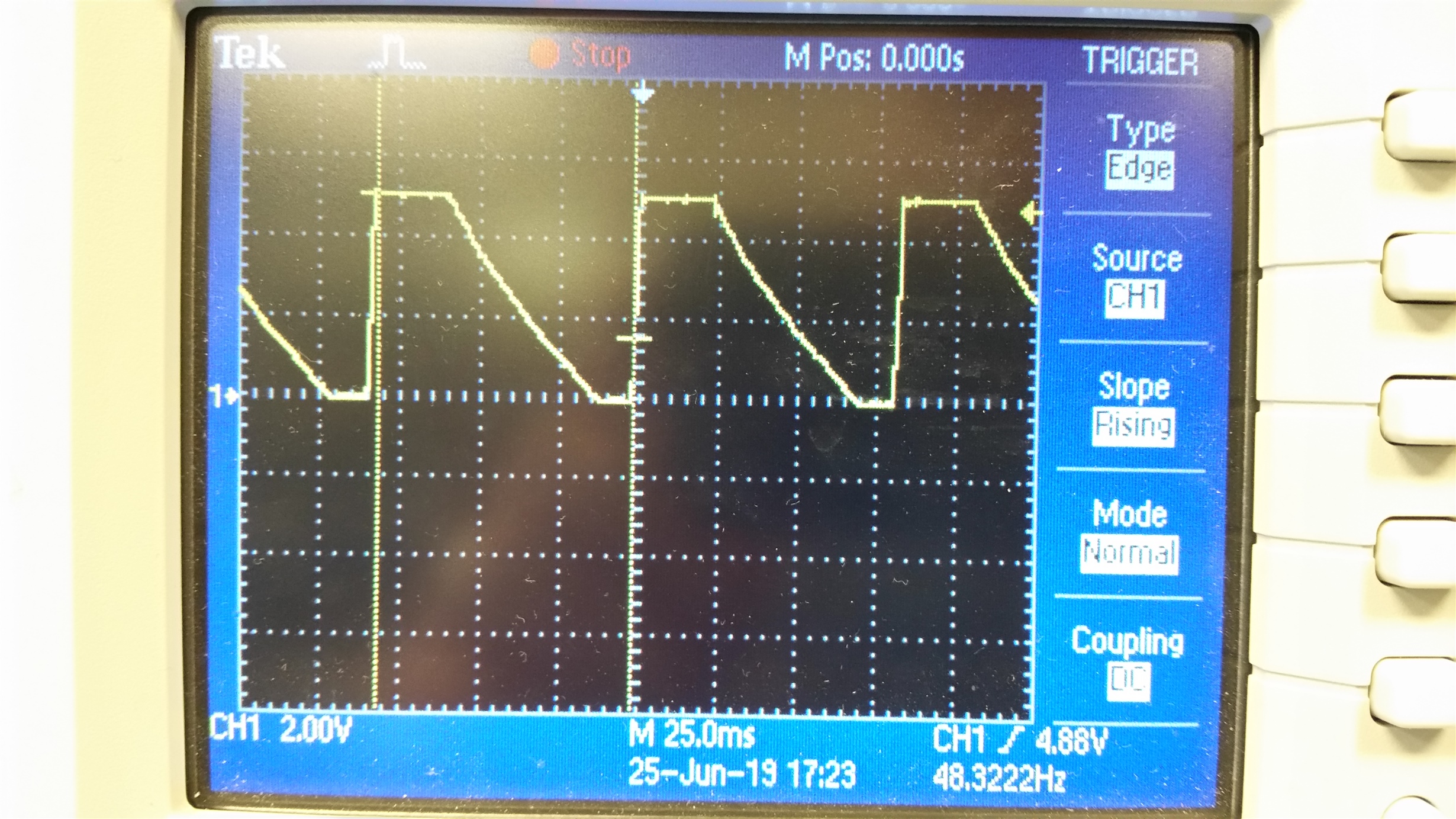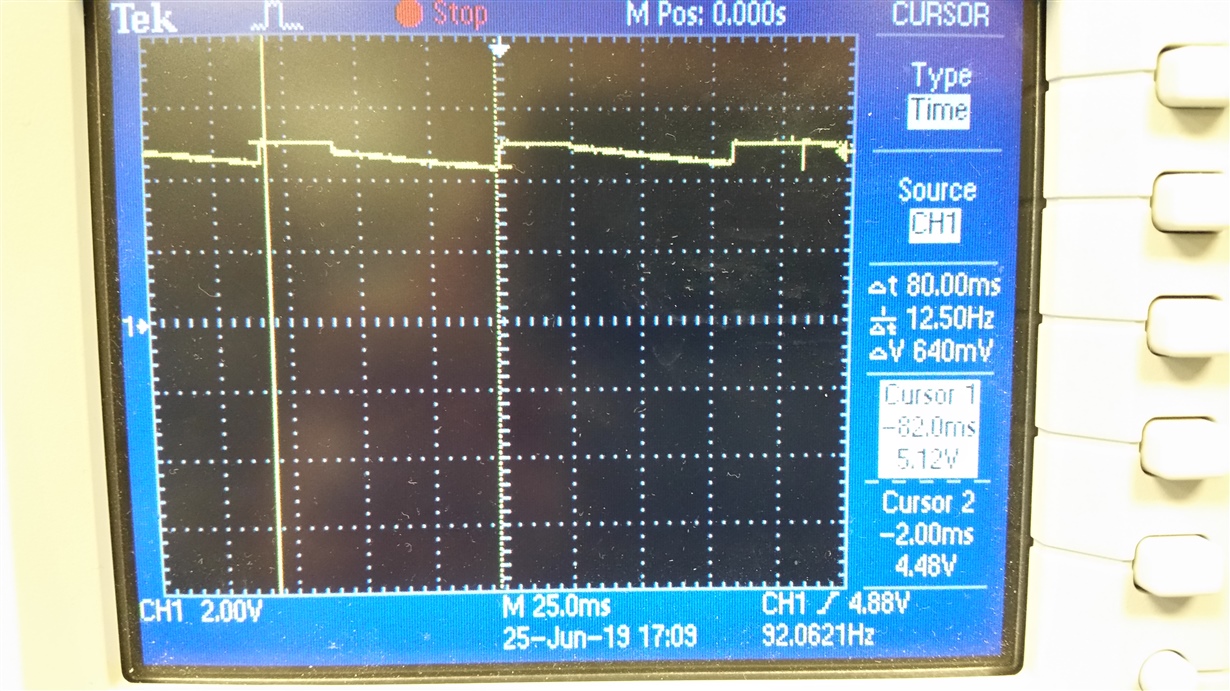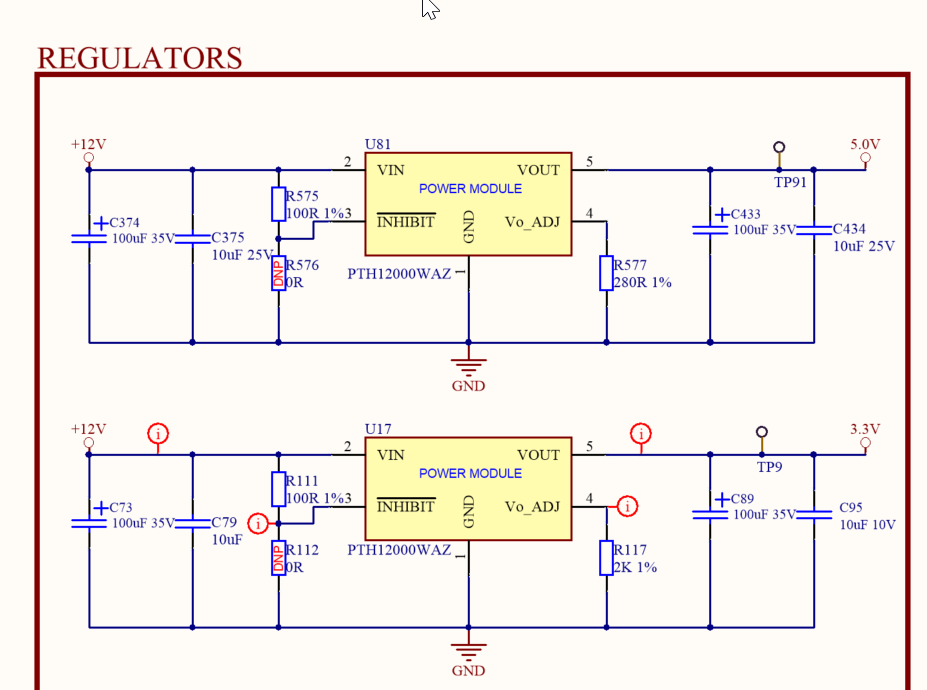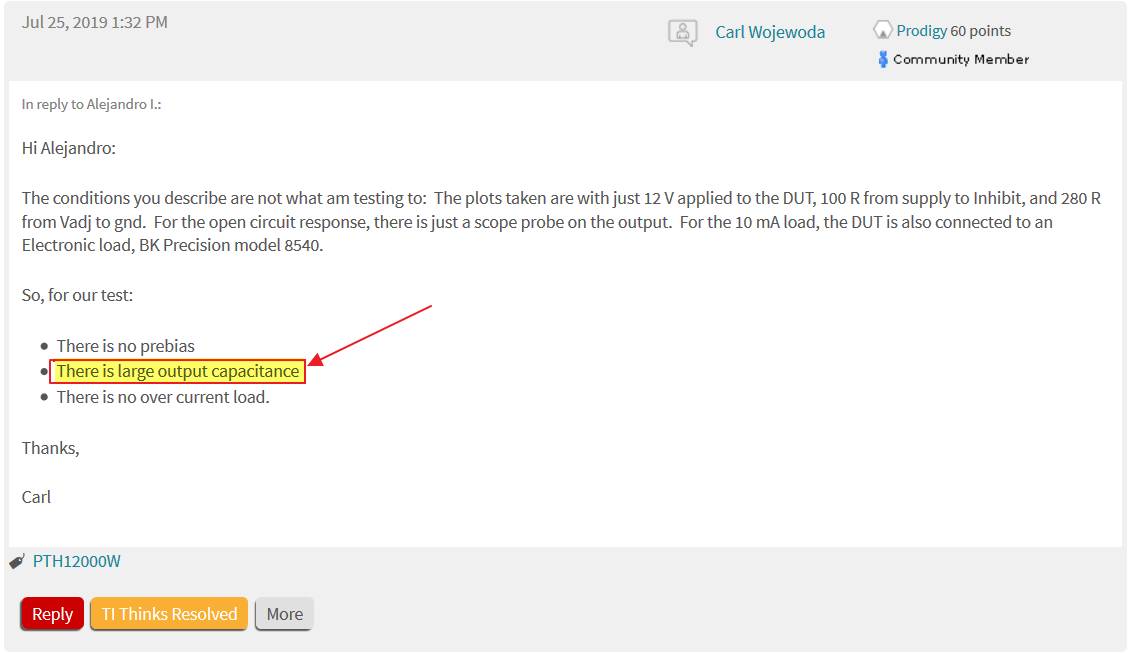PTH12000W is configured for 5 V output. Most units operate properly. At least 2 units have failed, with the output toggling rail-to-tail with a period of ~ 80 ms.
-
Ask a related question
What is a related question?A related question is a question created from another question. When the related question is created, it will be automatically linked to the original question.





